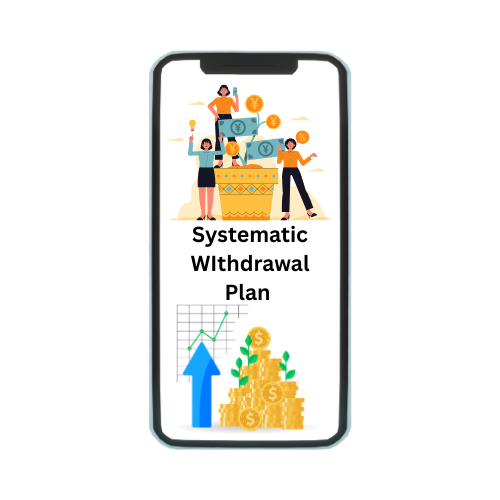Volatility is defined as the rate at which the price of a security increases or decreases for a given set of returns. It indicates the risk associated with the changing price of the security and is measured by calculating the standard deviation of the annualized returns over a given period of time.
In other words- it measures the risk of a security. It is used in option pricing formula to gauge the fluctuations in the returns of the underlying assets. Volatility indicates the pricing behavior of the security and helps estimate the fluctuations that may happen in a short period of time.
If the prices of a security fluctuate rapidly in a short time span, it is termed to have high volatility. If the prices of a security fluctuate slowly in a longer time span, it is termed to have low volatility.
Investors and traders calculate the volatility of a security to assess past variations in the prices to predict their future movements. Volatility is determined either by using the standard deviation or beta. Standard deviation measures the amount of dispersion in a security’s prices. Beta determines a security’s volatility relative to that of the overall market. Beta can be calculated using regression analysis.
Types Of Volatility
Historical Volatility:
This measures how much the price of an asset has fluctuated in the past over a specific time period. It is calculated using historical price data.
Implied Volatility:
This reflects the market’s expectations of future volatility, derived from the prices of options. Higher implied volatility typically indicates that the market anticipates larger price movements (up or down).








